(42 products available)







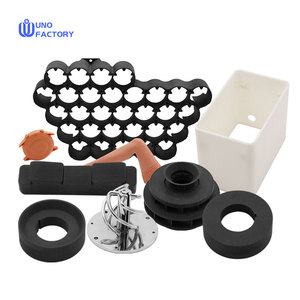




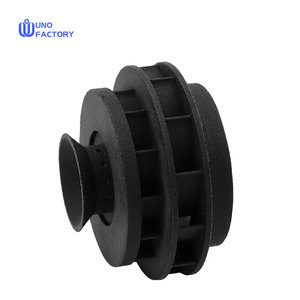





























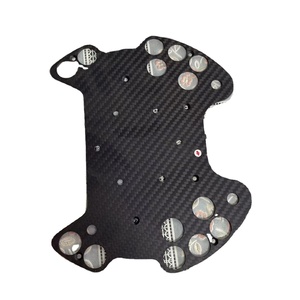










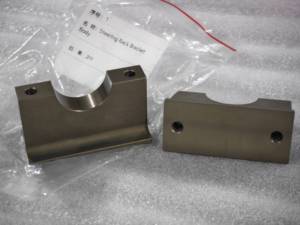
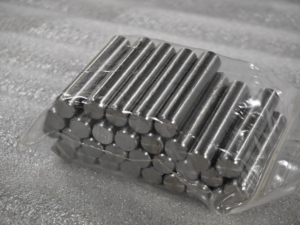



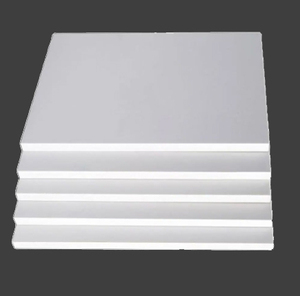
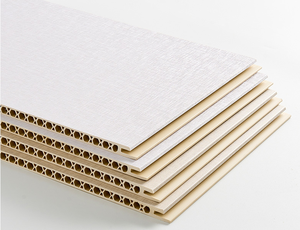
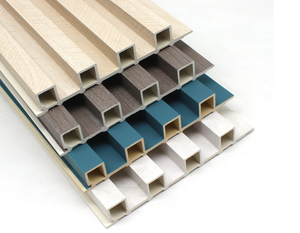


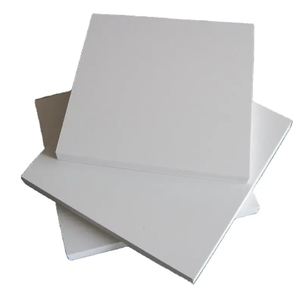



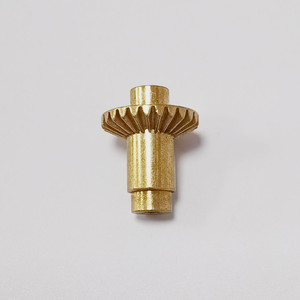







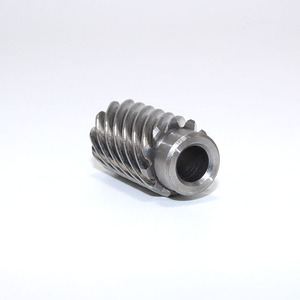







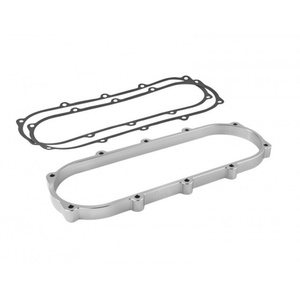





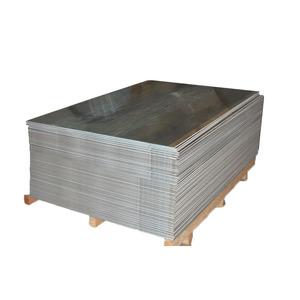

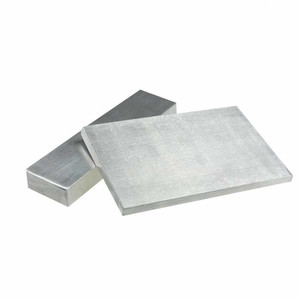



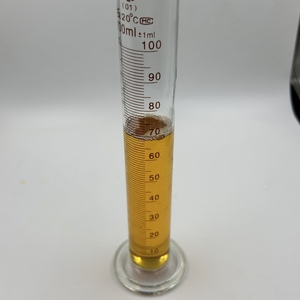














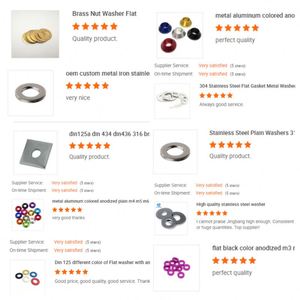



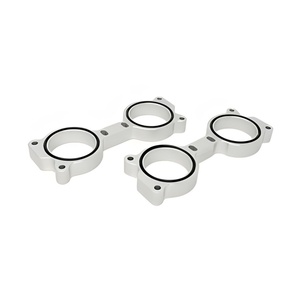
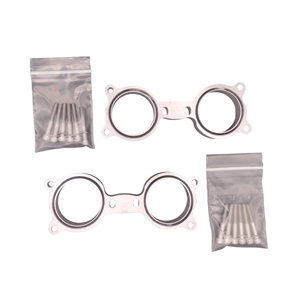
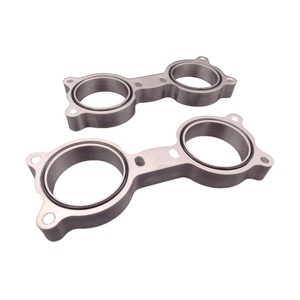


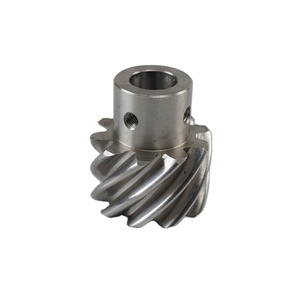





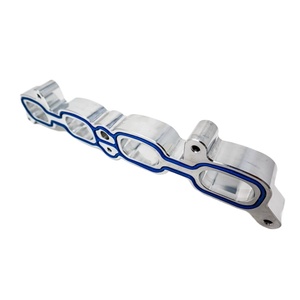
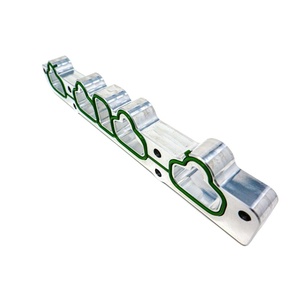

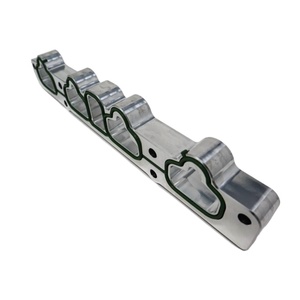

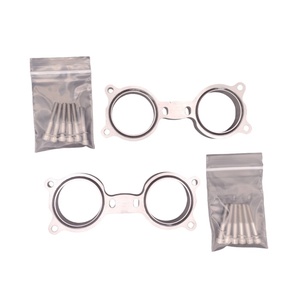
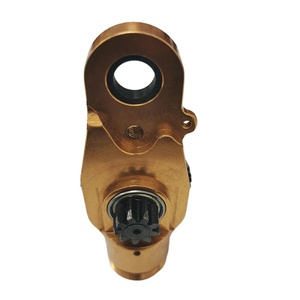
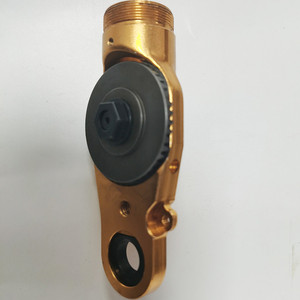











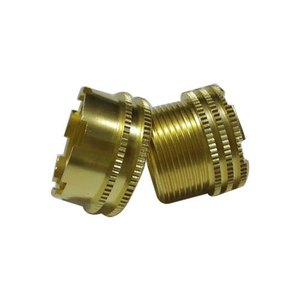







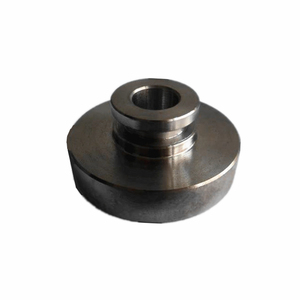














Machining formulas are basic calculations that help determine the measures and values needed to machine a workpiece. Workpiece parameters like cutting speed, feed rate, and machining time can be calculated using these formulas. This is very important when it comes to planning a machining operation.
There are different types of machining formulas based on the machining operation. They are as follows:
Turning formulas
Turning is a machining operation that removes material from a cylindrical workpiece. The following are turning formulas:
Milling formulas
Milling is a machining operation that removes material from a flat or rectangular workpiece. The following are milling formulas:
Drilling formulas
Drilling is a machining operation that creates holes in a workpiece. The following are drilling formulas:
Type of material
The type of material being machined will impact the choice of formula. Different materials have varying properties, such as hardness, machinability, thermal conductivity, and chemical reactivity, which affect cutting speeds, feed rates, and tool life. Using formulas optimized for the specific material ensures efficient and effective machining operations. Understanding the material's characteristics helps determine the appropriate cutting tools, coolant requirements, and machining parameters to achieve desired results while maximizing productivity and tool longevity.
Machining operations
The formula for machining will depend on the specific operation being performed. Different machining processes, such as turning, milling, drilling, and grinding, have distinct requirements and parameters that need to be considered. Each operation has its own set of formulas to calculate cutting speeds, feed rates, tool life, and other variables. It is important to use the appropriate formula for the specific machining operation to ensure accurate calculations and optimal machining performance.
Cutting tools
The choice of cutting tools can impact the selection of machining formulas. Different cutting tools have specific geometries, materials, coatings, and designs that affect heat dissipation, chip removal, cutting forces, and overall machining efficiency. Each cutting tool may have its own recommended formulas or parameters provided by the manufacturer to ensure optimal performance and tool life. Considering the cutting tools used in the machining process allows for the selection of appropriate formulas that align with the tool's characteristics, resulting in efficient material removal, extended tool life, and improved surface finish.
Machine capabilities
The capabilities and limitations of the machining machine, such as its power, speed range, feed rates, tool changes, and control precision, influence the choice of formulas. It is important to select formulas that align with the machine's capabilities to ensure accurate calculations and optimal machining performance. Using formulas that match the machine's specifications allows for efficient tool path generation, proper cutting parameter selection, and the overall machining operation's smooth and reliable execution.
Production requirements
The production requirements, such as the desired production volume, part geometry, surface finish, and tolerances, influence the choice of machining formulas. Different formulas may be more suitable depending on whether the goal is high-speed machining, precision machining, or a combination. Production requirements guide selecting the appropriate machining process, cutting parameters, and tool path strategies to achieve efficient material removal, acceptable surface quality, and meeting production deadlines.
Machining formulas are usually found on the manufacturer's website or catalog. They will have all the necessary details regarding the material, recommended feeds and speeds, and any special machining requirements. The machining formulas will be grouped by the type of machining process used, such as turning, milling, drilling, grinding, and CNC.
Turning:
Turning is a machining process that removes material from a cylindrical workpiece. The machining formula for calculating the cutting speed is as follows:
Cutting Speed (S) = Pi x Diameter (D) x RPM / 1000
Where:
Pi is a constant (3.14)
Diameter is the diameter of the workpiece
RPM is the number of rotations per minute
Milling:
Milling is a machining process that removes material from flat or contoured surfaces. The machining formula for calculating the cutting speed is as follows:
Cutting Speed (S) = Pi x Diameter (D) x RPM / 1000
Where:
Pi is a constant (3.14)
Diameter is the diameter of the cutter
RPM is the number of rotations per minute
Drilling:
Drilling is a machining process that creates round holes in workpieces. The machining formula for calculating the feed rate is as follows:
Feed Rate (FR) = Feed per Revolution (F) x RPM
Where:
Feed Rate is the distance the drill advances into the material
Feed per Revolution is the distance the drill advances per rotation
RPM is the number of rotations per minute
Grinding:
Grinding is a machining process that sharpens cutting tools and creates complex shapes. The machining formula for calculating the power required is as follows:
Power (P) = Pi x Diameter (D) x Cutting Speed (S) / 60000
Where:
Pi is a constant (3.14)
Diameter is the diameter of the grinding wheel
Cutting Speed is the recommended cutting speed for the grinding wheel
CNC:
CNC machining is a process that uses computer software to control the movement of cutting tools. The machining formula for calculating the cycle time is as follows:
Cycle Time (CT) = (Length + Width + Height) / Feed Rate
Where:
Cycle Time is the time taken to complete one machining operation
Length, Width, and Height refer to the dimensions of the workpiece
Feed Rate is the speed at which the cutting tool moves
When using machining formulas, it's essential to prioritize safety. Here are some safety tips to keep in mind:
Protective Equipment:
Always wear appropriate protective equipment, such as safety goggles, gloves, and ear protection, to safeguard yourself from potential hazards associated with machining operations.
Tool Inspection:
Ensure that all cutting tools and equipment are in good condition before use. Check for any signs of damage, wear, or loose parts that could compromise safety and accuracy.
Proper Setup:
Correctly set up the machining equipment according to the manufacturer's specifications and guidelines. Follow the recommended setup procedures to ensure stability and prevent accidents during operation.
Workpiece Securement:
Make sure the workpiece is securely clamped or held in place to prevent movement during machining. Any unexpected shifts can lead to accidents or injuries.
Coolant and Chips:
Use coolant as required to dissipate heat and lubricate cutting tools. Regularly remove chips and debris from the machining area to maintain a clean and safe working environment.
Some of the functions of machining formulas are:
Calculate machining parameters
Machining formulas make it easy to determine the ideal machining speed, feed rate, cutting depth, and time required to complete the machining process.
Optimize machining operations
Manufacturers can use the formulas to identify the best machining parameters and tools to improve efficiency and productivity.
Cost estimation
Manufacturers can use the formulas to determine the machining time, which can be used to estimate the production cost and improve budgeting and pricing.
Types of materials and tools
The machining formulas are designed to accommodate various materials, taking into consideration their unique properties and characteristics.
Unit conversion
Some machining calculators have a built-in unit conversion feature that allows users to convert different measurements into preferred units of values.
Customization options
Some advanced machining calculators offer custom parameters where users input specific parameters or values not provided in the pre-set options.
User-friendly interface
Machining calculators have a simple interface with easy navigation, making it easy for users to input data and get results quickly.
Accuracy and reliability
Machining formulas provide accurate and reliable results that can be used to make informed decisions during the machining process.
Input parameters
Machining calculators have designated input fields where users input the required parameters. This may include the type of material, dimensions, cutting tools, and machine settings.
Pre-set values
Machining calculators come with pre-set values and parameters for common materials and machining operations, eliminating the need for manual inputting of data.
Output results
The output results show the calculated values, which may include optimal speeds and feeds, machining times, and cost estimates.
Additional features
Some machining calculators have additional features like unit converters, reference tables, and articles or guides on machining processes.
Q1. What are some common machining formulas?
A1. There are many machining formulas that can be used for turning, milling, drilling, and tapping operations. Some common formulas include calculating cutting speed, feed rate, and cycle time.
Q2. Where can one find machining formulas?
A2. Machining formulas can be found in machining handbooks, online machining calculators, and CNC programming software. The formulas can also be provided by the manufacturer of the machine or equipment.
Q3. Are machining formulas the same for manual and CNC machines?
A3. The basic machining formulas remain the same for both manual and CNC machines. However, CNC machines often have built-in calculators that automatically input the necessary variables based on the provided machining parameters.
Q4. Can machining formulas be used for all types of materials?
A4. Machining formulas can be used for various materials, including metals, plastics, and composites. However, the specific parameters and values within the formulas may need to be adjusted based on the material's properties and characteristics.
Q5. How does one become familiar with machining formulas?
A5. Becoming familiar with machining formulas can be achieved through education, training, and practical experience. Understanding the basic principles of machining and starting with simple formulas is essential, then gradually progressing to more complex calculations as one becomes more comfortable with them.
Machining formulas, a keyword within the Fabrication Services category, exhibits an interesting pattern in web search volume trends. The data shows an average monthly web search volume of 50, with a significant three-month change of 75%. Despite this short-term increase, the one-year change remains stable at 0%. Over the past twelve months, the web search volume fluctuated between 40 and 70 web searches per month.
A closer examination of the monthly search data for machining formulas reveals a somewhat cyclical trend. The web search volume peaks at 70 web searches during December, February, April, May, July, and November. Conversely, it dips to 40 web searches in the months of August, September, and October. This fluctuation suggests a seasonal variation, with higher interest in certain months possibly tied to specific industry demands or academic cycles.
The reasons behind these web search volume trends could be multifaceted, involving factors such as industry cycles, technological advancements, or even educational timelines where students and educators seek information more frequently during certain periods. However, without further data on these external factors, the analysis remains focused on the observable web search volume patterns and their periodic nature.